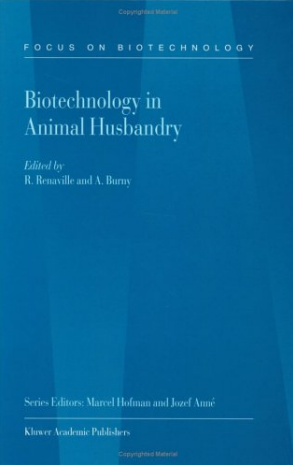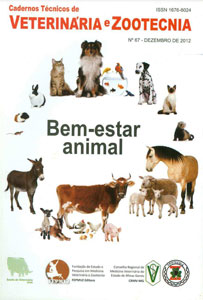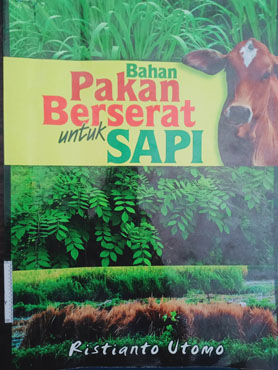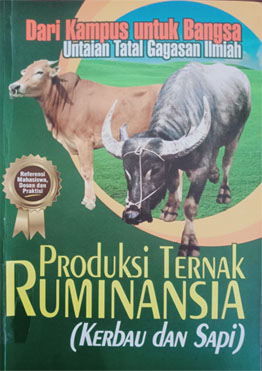BIOTECHNOLOGY IN ANIMAL HUSBANDRY VOLUME 5
Login
loginIn the past decade, many impressive advances were made in a number of scientific disciplines that have led to the discovery and development of exciting new biotechnologies that offer the potential to improve the production efficiency of animal agriculture. Nevertheless, while recent progress seems extremely rapid, it is impressive
to recall the first attempts to culture (1880) and transfer embryos (1891) took place in the late 1800s.
The application of biotechnologies to farm animals has been the subject of numerous, and often heated, debates. Most of this controversy and bad public perception result from animal cloning, nuclear transfer (Dolly) and other genetic manipulations which could be applied to humans. But, reducing animal biotechnology to these sole applications is extremely restrictive. Indeed, biotechnology, of fundamental importance to the food industry, could be defined as any technology that exploits the biochemical activities of living organisms or their products to create
industrial products and processes.
Biotechnology is perceived by many as a collection of very recent procedures but they forget that biotechnology has been around almost throughout human history. Animal breeding, applied to farm livestock such as dairy or beef cattle, or to companion animals such as the many different breeds of dogs, is a type of biotechnology that has
been going on for many centuries. Breeders have selected animals that show particular characteristics or traits and used them in breeding programmes to ensure that these traits are retained.











